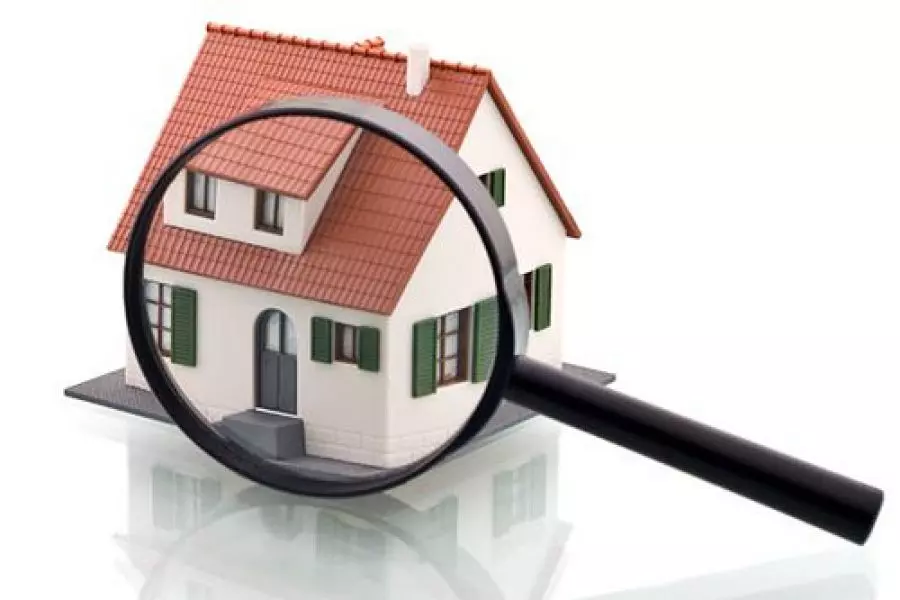News
Monitoring rental home quality

Wednesday 19th of December 2018
Healthy homes are a hot topic in the rental property sector as the Government’s introduction of minimum standards for rental properties draws closer.
The standards will set minimum requirements for heating, insulation, ventilation, moisture and drainage, and draught stopping in residential rental properties.
While the cause, extent and best way of dealing with the problem...
Want to read the full article?
Click the button below to subscribe and will have unlimited access to full article and all other articles on the site.






![[The Wrap] Bye Bye Bayly](https://goodreturns.publit.io/file/c_fill,w_900,h_600/39f23ac1-f7c7-4854-b700-a150004ebbac.webp)


